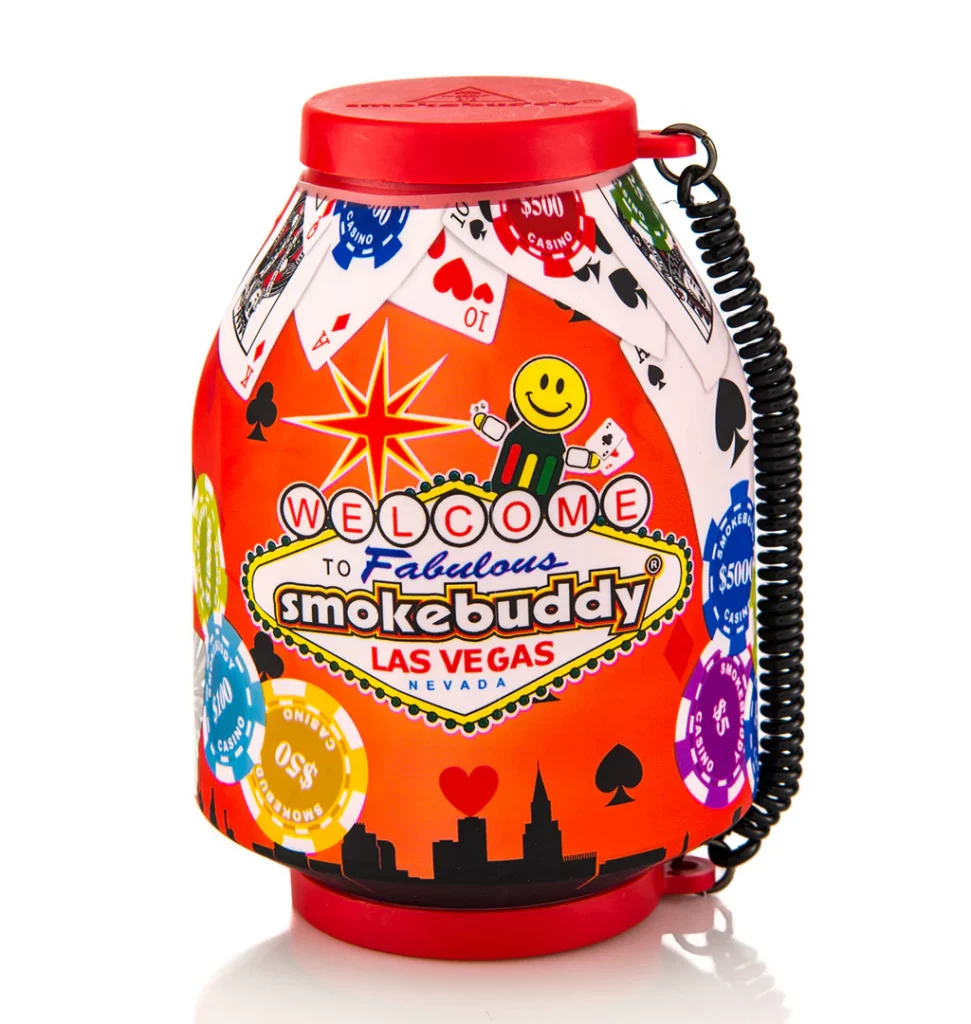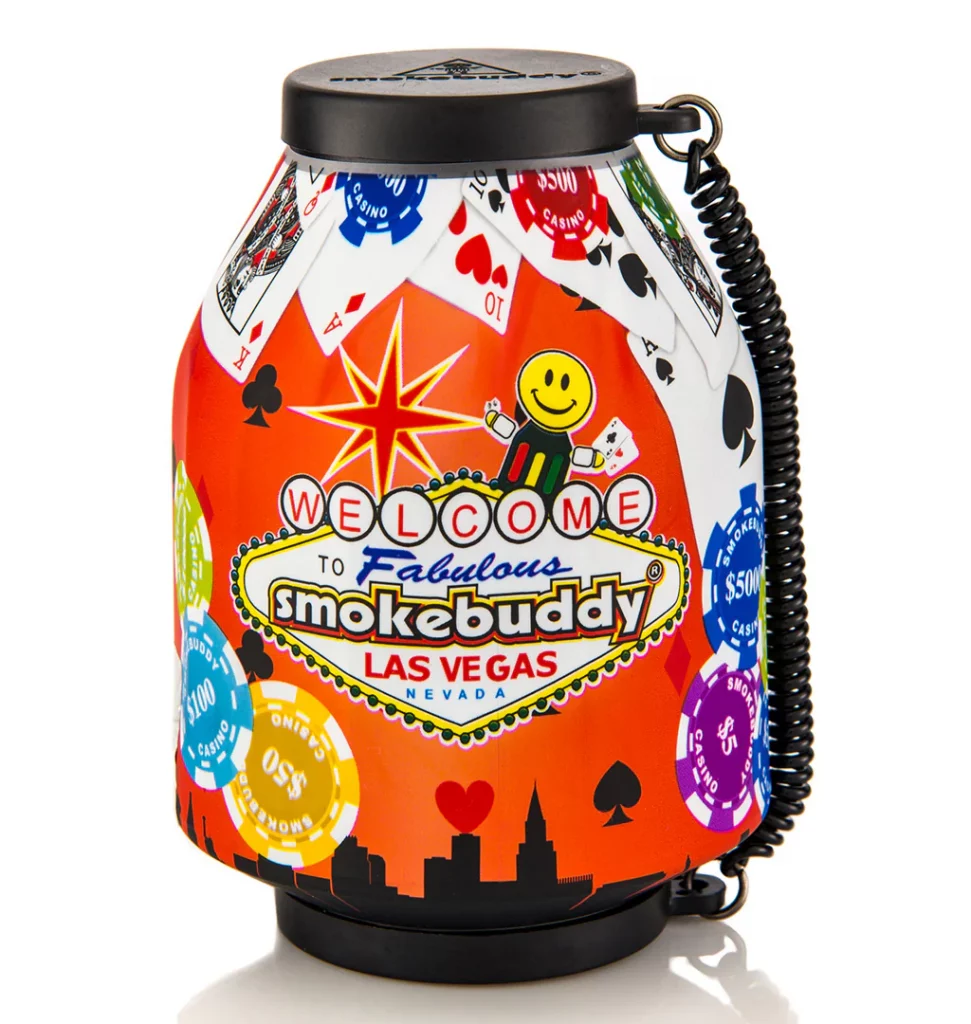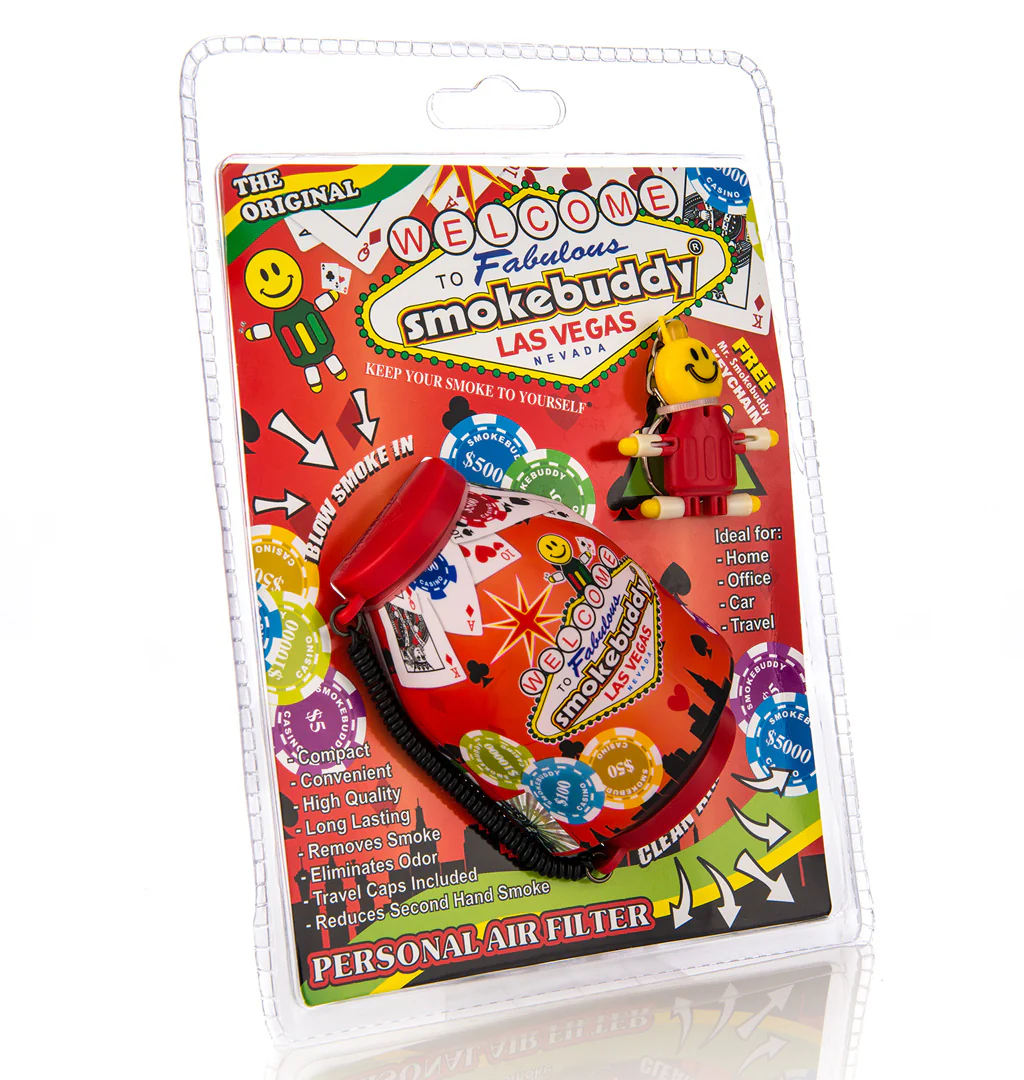Keeping things discreet when smoking inside is a skill every smoker eventually wants to master. Nobody wants the space to be clouded up, and it is even more awkward when the scent lingers long after the session is done.
If you want to hide smoke indoors, there are a lot of tricks and habits that make all the difference between leaving obvious evidence and leaving nothing behind. Whether you are in a dorm, an apartment, or just trying to keep things low-key at home, there are ways to enjoy yourself without turning the place into a permanent hotbox.
Knowing how to hide smoke indoors is about more than just opening a window. Every session leaves behind more than just clouds. Smell, particles, and even stains can give you away if you are not careful. Using the right tools, setting up smart, and practicing good habits are the secrets to keeping things fresh and under the radar.
If you want friends to feel comfortable, roommates to stay chill, and your space to stay your own, this is the guide you need.
Quick heads-up before we continue. Smokebuddy makes top-tier personal air filters that actually work. Use SLYNG2025 at checkout and save 20% today.
Why Hiding Smoke Trail Indoors Takes More Than a Window Crack

A lot of people think that hiding smoke trail indoors is as simple as waving away the cloud or turning on a fan. In reality, there is a lot more to it. Smoke trail has a way of finding every surface, sticking to every bit of fabric, and creeping under doors. A window alone can help, but the strategy has to go way beyond that.
Understanding How Smoke Travels
Smoke trail is made of tiny particles and oils that float through the air before they settle on surfaces. These particles are incredibly light and can drift farther than most people realize. Once released, smoke trail follows air currents. It goes under doors, into hallways, and even out into shared spaces. If you are trying to hide smoke trail indoors, you have to start by understanding how easily it can spread.
Air pressure, temperature changes, and even the movement of people in the room can move smoke around. That means the position of doors, windows, and fans changes everything. The best approach is to control where smoke goes as soon as it leaves your mouth. If you can contain it right away, you keep it from becoming a problem later.
Using a personal smoking filter is one of the best ways to catch smoke before it even has a chance to travel. These filters trap most of the visible cloud and a good amount of the odor, making it much easier to keep things discreet indoors.
Why Scent Is Harder to Hide Than Smoke
The smell left behind by smoke is more persistent than the cloud itself. Odor particles are oily and heavy, so they settle deep into fabric, carpet, and even walls. Hiding smoke indoors means thinking not just about what people can see, but what they can smell hours later. Just because the room looks clear does not mean you have handled the scent.
If you smoke regularly inside, the scent can build up over time. It will stick to your clothes, furniture, and anything soft in the space. That is why hiding smoke indoors has to involve real prevention and cleanup. Not just waiting for the air to clear.
Premium personal smoke filters can help trap odor at the source, but it also helps to be smart about where you smoke and how you air out the room. Airflow, cleaning habits, and a good sense of timing all play a role in making sure you are not leaving clues behind.
The Role of Surfaces and Materials
Certain surfaces are way more likely to hang on to smoke and odor. Soft items like blankets, curtains, and rugs absorb much more than wood or metal. Even after you clear the air, smoke particles trapped in these materials can re-release their scent when the air gets warm or humid.
If you want to hide smoke indoors, keep sessions away from heavy fabrics or use easy-to-wash covers. Consider changing clothes after a session or keeping a dedicated “smoke hoodie” that does not mingle with your everyday wardrobe. Taking care of the surfaces in your space is a big part of keeping things fresh.
High quality and eco-friendly air filters work best in rooms with hard surfaces or when paired with a strong airflow strategy. Think of them as one tool in a bigger plan for clean, discreet sessions.
Smart Preparation Before Lighting Up
The way you set up for a session can be the difference between a fresh space and a room that gives you away. Hiding smoke indoors always starts with a good plan.
Choosing the Best Spot
Not every room is created equal when it comes to hiding smoke indoors. Smaller spaces with windows are ideal because it is easier to control airflow and keep things contained. Bathrooms with fans or rooms with direct outdoor windows work best. Avoid areas loaded with heavy fabrics or crowded furniture, since those trap odor.
Try to smoke close to an open window or an exhaust fan. If you can, set up so you are blowing smoke directly outside. For bonus points, use a towel to block the gap under the door. That keeps smoke from escaping into hallways or other rooms.
Always be ready to move your session if someone unexpected comes home. Quick adaptability is part of keeping things low-key and avoiding drama.
Having the Right Gear
Preparation means more than just having what you want to smoke. Bring everything you need for odor control. Lighters, a personal smoking filter, air freshener, and cleaning wipes should always be close by. Have a portable fan on hand or keep a small air purifier running in the background.
A personal air filter is probably your most valuable tool for hiding smoke indoors. Blow each hit directly through the filter, which will trap most of the smoke and a lot of the smell before it has a chance to spread. Have an extra or two around if you’re smoking with friends, and make it part of your regular setup.
Set out a clean ashtray or container for leftovers so you can toss everything at the end without leaving a trace. These small prep moves save you a lot of hassle later.
Prepping the Airflow
The key to hiding smoke indoors is moving air out fast and not letting it linger. Open windows before you start, and set up a fan to blow air outside if possible. Even a small fan helps move smoke away from the center of the room. If you can, aim for cross-ventilation, with one window pulling air in and another pushing it out.
Do not wait until after the session to worry about airflow. Start with everything set up so smoke never has a chance to settle. This habit keeps your space fresher and makes cleanup way easier.
Techniques for Hiding Smoke During the Session
Once you are set up, it is time to think about how to hide smoke indoors while the session is happening. The goal is to trap as much as you can and keep every sign contained to one area.
Exhale Smart
Where and how you exhale makes a huge difference. Blowing smoke directly out a window, into a fan, or straight into a high quality personal smoke filter should be second nature if you want to hide smoke indoors. Avoid exhaling towards fabrics, furniture, or any vents that could carry the cloud deeper into your home.
If you use a personal smoking filter, hold it close to your mouth and make sure the seal is tight. The better you use the filter, the less smoke will escape into the room. If the filter gets warm or clogged, swap it for a fresh one to keep things working smoothly.
Do not let smoke linger near doors or walls. The further you can direct it from anything that absorbs odor, the easier it will be to clear out any traces afterward.
Timing the Session Right
If you want to hide smoke indoors, timing is everything. Smoke when you know you will have some time afterward to air out the space. Avoid sessions right before guests arrive or before roommates get home. The longer you have to clear out the room, the better your results will be.
Quick sessions with just a few people make it easier to stay discreet. The more people in the room, the more smoke and the harder it is to keep up with odor control. Keeping things simple and efficient goes a long way.
Schedule clean-up into your plan. Once the session is done, jump right into odor-control habits to avoid letting smells get comfortable in your space.
Keep Surfaces Protected
Lay down a towel or blanket that you can toss in the wash later. Keep clothes you are wearing separate from your regular laundry. Consider setting up in a spot with fewer surfaces to trap smoke, like a bathroom with tile or a kitchen with hard floors.
Having an easy-clean setup means you can take care of any accidents or leftovers fast. The less stuff for smoke to cling to, the easier it will be to hide smoke indoors and keep things under wraps.
Post-Session Cleanup: Erasing Every Trace

Even after a well-planned session, there is always a bit of cleanup to make sure you have left no evidence behind. Hiding smoke indoors is not just about the session, it is about what happens next.
Airing Out the Room
As soon as you are done, throw open the windows wide and keep fans running. Let air flow for at least twenty to thirty minutes, or as long as you can get away with. Walk around and check for spots where air feels heavy or smells stale.
Use a personal air filter to keep scrubbing the air if you have one available. You can even set it up to run by itself while you take care of other chores. This helps capture particles that are still floating around after the session ends.
Leave closet doors, dresser drawers, and cupboards closed so smoke indoors does not drift in. Focus airflow on moving smoke indoors out, not just around the room.
Cleaning Surfaces and Fabrics
Wipe down all hard surfaces with a damp cloth or a bit of cleaner. Pay extra attention to tables, counters, and window sills where smoke particles settle the most. Spray soft surfaces with a light mist of fabric refresher and, if possible, vacuum or shake out rugs, blankets, and seat cushions.
Take any towels or covers you used and wash them right away. The sooner you do it, the less likely the smoke smell will settle in for the long haul. If you can, leave the space empty for a while after cleaning to help any remaining odor dissipate.
A personal air filter can keep working in the background to help make the final clean-up even more effective.
Handling Ash and Leftovers
Empty ashtrays and dispose of all leftovers in an outside trash bin. The smell of old ash and roaches is a dead giveaway that someone has been smoking inside. Bag everything up and tie it off before putting it outside.
Wash your hands and face to get rid of any lingering smell. If you have long hair, give it a quick wash or rinse, as hair holds onto smoke odor as much as fabric does.
Leaving no trace is the mark of someone who knows how to hide smoke indoors for real.
Everyday Habits That Make a Difference
Long-term habits are what keep your space truly fresh and low-key. If you smoke inside regularly, these are the things that will help you avoid buildup and drama over time.
Rotate Personal Air Filters
Having more than one personal smoking filter makes it easier to stay clean and keep every session discreet. Rotate them out, clean them according to the instructions, and always have a backup ready. A well-maintained filter will do a better job and last longer.
Make personal air filters a normal part of every session. Encourage friends to use them, and share tips for keeping them in top shape. The more you use filters, the less work you have to do later.
A solid routine with filters is one of the most effective ways to hide smoke indoors.
Regular Deep Cleaning
Every week or so, set aside time for a deeper clean. Wash blankets, pillowcases, and curtains. Wipe down windows, sills, and corners where smoke indoors likes to collect. Run your personal air filter regularly even when you are not smoking to keep the air in top condition.
A little extra effort every week means you never have to panic-clean before guests or worry about your space picking up that telltale scent. Consistency is your secret weapon.
Dress for the Session
Wear clothing that you do not mind smelling smoky, or better yet, keep a dedicated set for sessions. Change out of them and wash them as soon as you are done. This small habit means the smoke does not follow you to work, school, or out with friends.
Having a smoke-ready hoodie or blanket also helps keep your regular wardrobe and space fresher. Little choices like this add up and make a big impact if you want to hide smoke indoors over the long run.
Advanced Moves for Stealth Sessions
When you need to hide smoke indoors like a pro, a few extra strategies will help you level up.
Creating Negative Air Pressure
If you want to keep smoke from leaving a room, you can create negative air pressure. This means setting up a fan in a window blowing out, while keeping doors closed and other windows shut. The fan pulls air from the rest of the room outside, so smoke has only one way to go.
Use this move with a personal air filter for extra effectiveness. Blow every hit into the filter, and let the fan pull away any stray particles. This combo keeps things very discreet.
Negative air pressure is the go-to trick for people who want to smoke indoors without raising alarms in other parts of the building.
Odor Neutralizers and Sprays
Sprays and odor-neutralizing gels do not replace a good cleaning, but they can help cover up any trace of a session. Use them after airing out and cleaning, never as the only method. Choose sprays that actually break down odor molecules rather than just masking the smell.
Place odor absorbers near windows, doors, and high-traffic areas. If you know someone is coming over soon, these extra steps give you peace of mind and a fresher space.
Timing Showers and Laundry
If you are trying to hide smoke indoors and want to remove every clue, take a quick shower and change your clothes after the session. Wash anything that might have picked up odor, especially if you need to go out or have company later.
Use this habit with all the other strategies and you will be set for even the strictest situations.
FAQs
How effective are personal air filters for hiding smoke indoors?
Personal air filters are highly effective for catching smoke and odor right at the source. They help keep rooms fresher, prevent buildup on fabrics and surfaces, and make it easier to smoke indoors without leaving obvious evidence. Regular use, cleaning, and rotation keep them working their best.
Can you completely eliminate the smell after smoking inside?
With the right habits, it is possible to hide smoke indoors so that most people will not notice. This includes personal air filters, smart airflow, regular cleaning, and fabric care. Some scent may linger if you smoke heavily or do not clean often, but most signs can be erased with the right methods.
What surfaces trap smoke odor the most?
Soft materials like blankets, couches, rugs, and curtains absorb the most smoke. Hard surfaces are easier to clean. Using covers, cleaning regularly, and keeping soft items away from the session area helps reduce the chance of lingering odor.
Is there a way to hide smoke indoors without using any sprays or chemicals?
Yes. Smart use of personal air filters, window fans, towel-blocked doors, and regular cleaning are all effective natural strategies for hiding smoke indoors. Washing hands, hair, and clothing also keeps you from carrying odor around.
How often should you clean a personal smoking filter?
Check your filter after every few sessions, and follow the manufacturer’s cleaning instructions. Regular cleaning and rotation help maintain performance, keep your sessions discreet, and extend the life of your filter.
